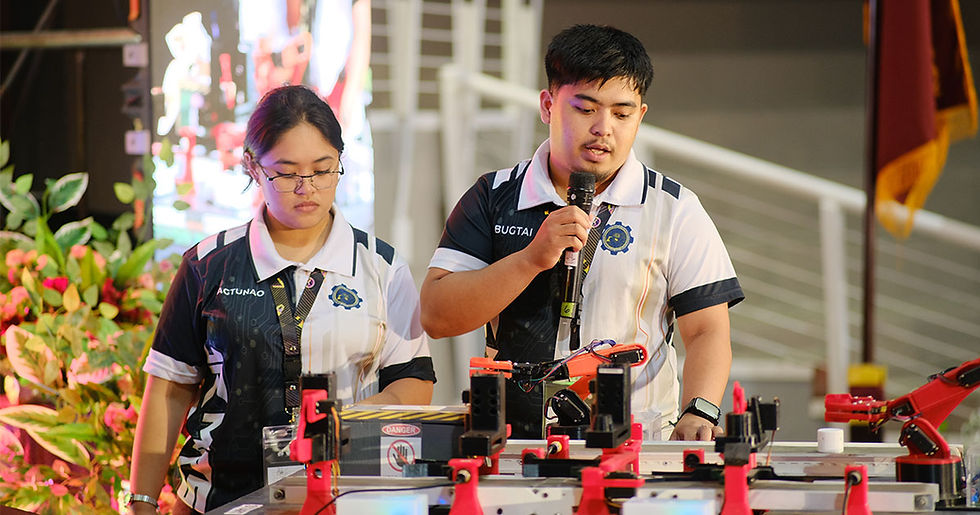What might a local manufacturing kit look like?
- Field Ready

- Jul 18, 2017
- 3 min read
What might a local manufacturing kit look like? What's in the box?
This depends on what we are trying to make and where. We've been thinking about how we select items and manufacturing techniques that we want to "package up" into kits so that others can make them. Every item we make in the field we develop to a different stage. Sometimes we’ve made one of a item, sometimes many. Sometimes it's bespoke, a custom item for a specific need; sometimes it's a reusable design and can be repeated many times. Sometimes we've tried different designs and techniques to solve the same problem, and sometimes we've just made one quick prototype. Sometimes we've documented our design process and final results fully, and sometimes we haven't. In addition to this, in the kits program we are exploring new items and manufacturing techniques.

We also think about how familiar folks are with the items we can make - for instance, is it a replacement part for equipment they already have, or is it something in an aid agency catalog?
Sometimes we can make an exact replica of a familiar item, or something very similar. Other times, we're solving a familiar problem in a very different way, so the item may seem quite unfamiliar, which may be challenging for adoption and uptake. We also encounter interest in updating or improving items or solutions, perhaps through aid agency requests for procurement seeking new solutions.
As well as selecting items to turn into kits, there's also a piece of work, different in each case, to make the designs ready for others to make. To make sure the design works, that all the documentation you might need (design files, templates, instructions) is available and is sufficient for someone who hasn't made the item before to make one. There may also be general instructions - such as how to use a 3D printer, as well as how to successfully make a specific item.
The result is that we're thinking about several different "kits". One is a 3D printer kit, to create a set of items for health posts or small clinics. This builds on existing work we've done testing designs in different locations. Another is a WASH kit, and we're exploring ideas both around making pipe fittings on demand, and making latrine parts there. Our airbag design may also be a useful kit - and potentially is closer to becoming 'repeatable' manufacturing in that the use of hand tools means we don't need to ensure reliable operation of more complex manufacturing machinery. Finally, we are considering shelter winterization options as this is a significant need in cold regions. One of the factors here is the technology readiness of the manufacturing system. We've evaluated the systems we've used so far, and possible additions which are viable to test and develop to a suitable level during 2017-18.
Viable manufacturing technologies 2017-18
3D printing
Injection molding
CNC machining
Vacuum forming
Hand tools
Possible: simple plastic recycling methods such as heat press
Note that whilst hand tools and formers might be sufficient for a kit, we don't think they really show the potential for local manufacturing in the way that more advanced machinery might, so in 2017-18 we want to have at least one kit with more advanced machinery such as 3D printing, even if we also have hand tool based kits.
What's in the box?
A kit contains some or all of:
Machines(s) to make things
Hand tools(s)
Raw materials
Documentation
Digital designs (SD card? USB stick?)
Tablet or other user interface
Sample items
UPS + (solar / wind)?
Packaging
Formal shipping documents
Monitoring system?
It's also worth thinking about some of the other factors that we may need to think about, which are not physically in a box, such as:
Distribution
Certification
Insurance
Import & other taxes
Service & support
Monitoring
Updates and maintenance

_edited.png)




Comments